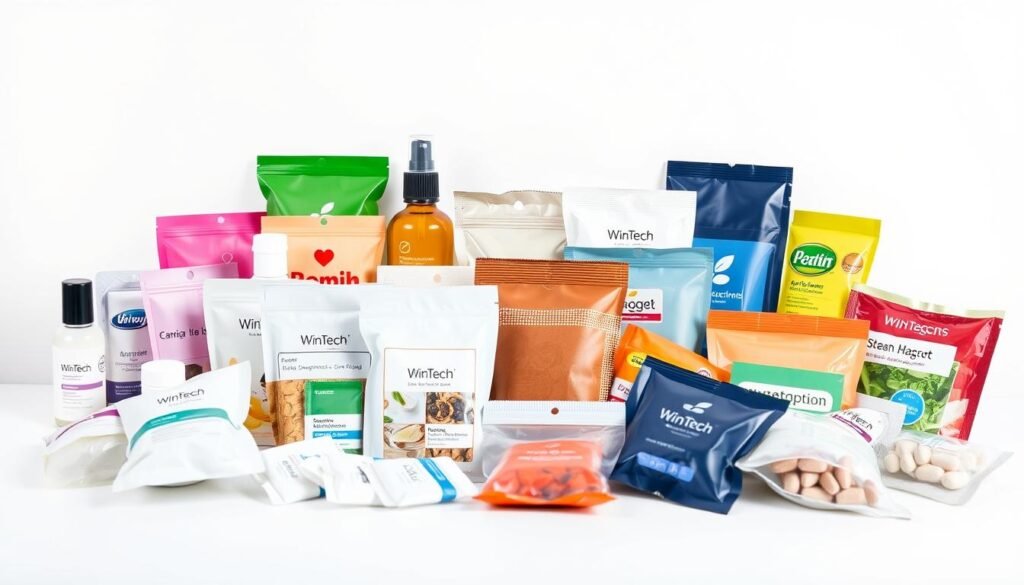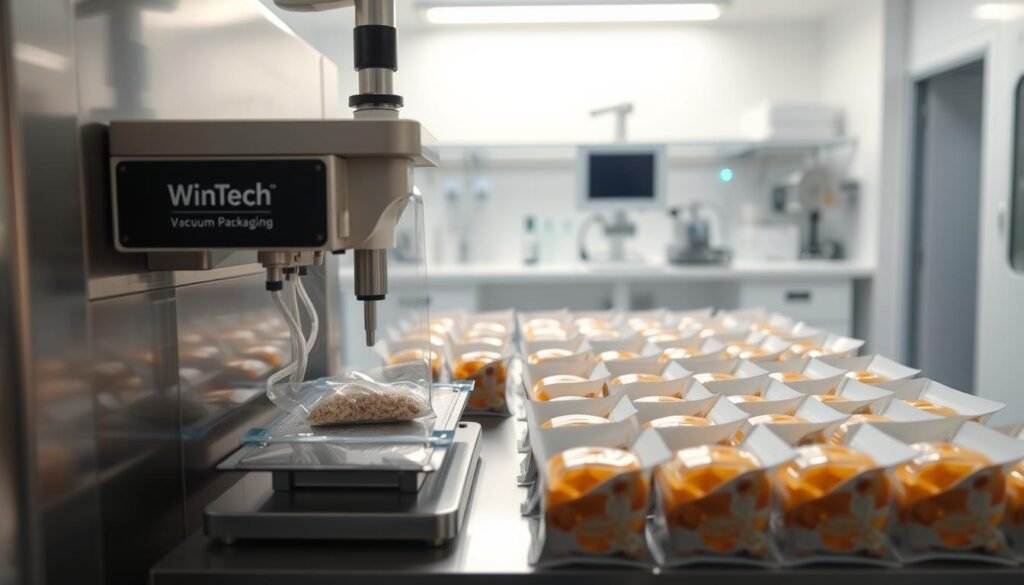Have you ever wondered how small packaging pouches revolutionize product preservation and consumption? What are sachets and why are they becoming the go-to solution for industries seeking efficient packaging methods?
What are sachets represents a critical innovation in modern packaging technology. Single-use sachets have transformed how businesses approach product distribution, offering compact and convenient solutions across multiple sectors. From food and pharmaceuticals to personal care products, these small packaging pouches provide remarkable versatility and protection.
Modified Atmosphere Packaging (MAP) continues to gain significant importance in contemporary manufacturing processes. What are sachets play a pivotal role in this technological advancement, enabling businesses to extend product shelf life and maintain optimal quality during transportation and storage.
Key Takeaways of What are sachets
- Sachets represent innovative packaging solutions across industries
- Small packaging pouches offer enhanced product preservation
- Single-use sachets provide convenient and efficient distribution methods
- MAP technology continues to evolve packaging strategies
- Packaging innovations improve product quality and consumer experience
What are sachets: An Overview of Their Function and Importance
Sachets have become a versatile packaging solution across multiple industries, offering unique benefits for product distribution and preservation. These small, lightweight packages provide an innovative way to store and deliver various products efficiently.

Sachets are compact packaging containers designed to hold single-use or small quantities of products. From food and beverages to cosmetics and pharmaceuticals, these flexible packages have revolutionized product packaging strategies.
Industries Utilizing Sachets
- Food and Beverage: Single-serve condiments, spices, and drink mixes
- Cosmetics: Sachets for skincare samples and travel-sized products
- Pharmaceuticals: Individual medication doses and medical samples
- Personal Care: Shampoo, lotion, and beauty product trials
Key Benefits of Sachets in Product Packaging
- Portion Control: Precise product measurement
- Extended Shelf Life: Protect contents from external contamination
- Cost-Effective: Reduced packaging material
- Convenience: Easy to carry and use
Common Materials for Sachets
Manufacturers create sachets using various materials tailored to specific product requirements:
- Foil sachets: Ideal for protecting sensitive products from moisture and oxygen
- Paper sachets: Environmentally friendly option for dry goods
- Plastic laminate: Versatile and lightweight packaging
- Biodegradable materials: Sustainable packaging solutions
Sachets represent a smart packaging solution that meets modern consumer demands for convenience and efficiency.
What are sachets: Vacuum Packaging and Its Benefits
Vacuum packaging represents a revolutionary approach to preserving product quality and extending shelf life. When exploring what are sachets, vacuum packaging emerges as a critical technology that transforms how products are stored and protected.

Vacuum packaging removes air from the package, creating a sealed environment that dramatically reduces oxidation and bacterial growth. This method stands out when comparing sachets vs packets, offering superior protection for various products.
Understanding Vacuum Packaging Technology
The core principle of vacuum packaging involves extracting air from the package before sealing. This process provides several key advantages:
- Prevents bacterial contamination
- Minimizes oxidation of contents
- Preserves product freshness
- Extends storage duration
Enhancing Product Shelf Life
Vacuum-sealed biodegradable sachets can significantly extend product shelf life by creating an oxygen-free environment. Food, pharmaceuticals, and electronic components particularly benefit from this packaging technique.
Factors Affecting Vacuum Packaging Efficiency
Several critical factors influence the effectiveness of vacuum packaging:
- Material quality
- Sealing technique
- Storage temperature
- Product moisture content
Vacuum packaging transforms product preservation, offering unparalleled protection and longevity.
As sustainable packaging trends grow, biodegradable sachets with vacuum technology represent the future of product protection, combining environmental consciousness with advanced preservation methods.
What are sachets: The Role of Gas Flush Technology
Gas flush technology represents a cutting-edge approach to sachet packaging that revolutionizes product preservation. What are sachets with gas flush technology? They are specialized packaging solutions that replace oxygen with protective gases to extend product shelf life and maintain quality.
When exploring what are sachets in modern packaging, gas flush stands out as a superior method compared to traditional vacuum packaging. This innovative technique involves replacing atmospheric air with inert gases like nitrogen or carbon dioxide, creating an optimal environment for food sachets and skincare products.
Understanding Gas Flush Packaging Mechanics
Gas flush technology works by eliminating oxygen, which is responsible for product degradation. By carefully selecting and introducing specific gases, manufacturers can prevent oxidation, inhibit microbial growth, and preserve the color, texture, and nutritional value of sensitive products.
Industries Leveraging Gas Flush Sachets
Multiple industries benefit from this advanced packaging technique. Food manufacturers use gas flush sachets to maintain freshness in snacks, coffee, and prepared meals. Skincare brands utilize this method to protect delicate formulations from air exposure, ensuring product integrity and extending usable life.
Advantages of Gas Flush Technology
The benefits of gas flush sachets extend beyond simple preservation. You’ll find improved product quality, reduced spoilage, and enhanced consumer satisfaction. Wintech Package, a leader in packaging solutions, has successfully implemented this technology to meet the demanding requirements of the US market.

